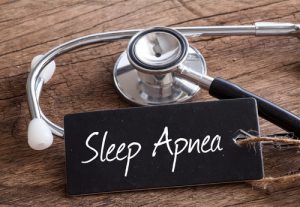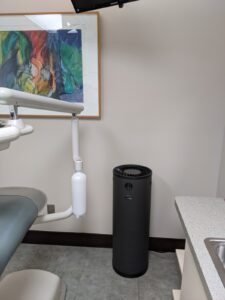 If you have trouble sleeping or often feel exhausted during the day, you may be one of the over 12 million people in the United States with obstructive sleep apnea, or OSA. What causes OSA? Understanding the factors behind the disorder can be the first step in recognizing your risk and seeking treatment, helping you rest better and enjoy better quality of life.
If you have trouble sleeping or often feel exhausted during the day, you may be one of the over 12 million people in the United States with obstructive sleep apnea, or OSA. What causes OSA? Understanding the factors behind the disorder can be the first step in recognizing your risk and seeking treatment, helping you rest better and enjoy better quality of life.
Obstructive Sleep Apnea
OSA occurs when patients stop breathing for brief periods while sleeping. The brain then wakes the patient up to breathe again after noticing a lack of oxygen. While patients rarely remember these episodes, they can happen hundreds of times a night. The lack of breathing is a result of soft tissue in the mouth and throat collapsing and cutting off air flow.
Causes and Common Warning Signs
Factors behind sleep apnea may include neck circumference, congestion, obesity, and excessive alcohol consumption. Warning signs may include snoring, waking up choking or desperate to breathe, moodiness, difficult concentrating at work or school, and frequent, persistent daytime drowsiness. If one or more of these warning signs sounds familiar, then you may need to see your dentist for a diagnosis.
Possible Treatment Options
The treatment we recommend will depend on the severity of your case. For some, simple lifestyle changes can help, such as sleeping on your side instead of your back or losing weight. Others may need a CPAP machine, which involves wearing a mask over the nose and mouth connected to a machine. The machine pumps air through a hose and into your nose and mouth, ensuring you enjoy uninterrupted breathing.
We can also suggest an oral appliance. The device looks similar to a nightguard and is worn at night. The appliance moves the jaw forward just enough to keep airways open and ensure you breathe without obstruction.






